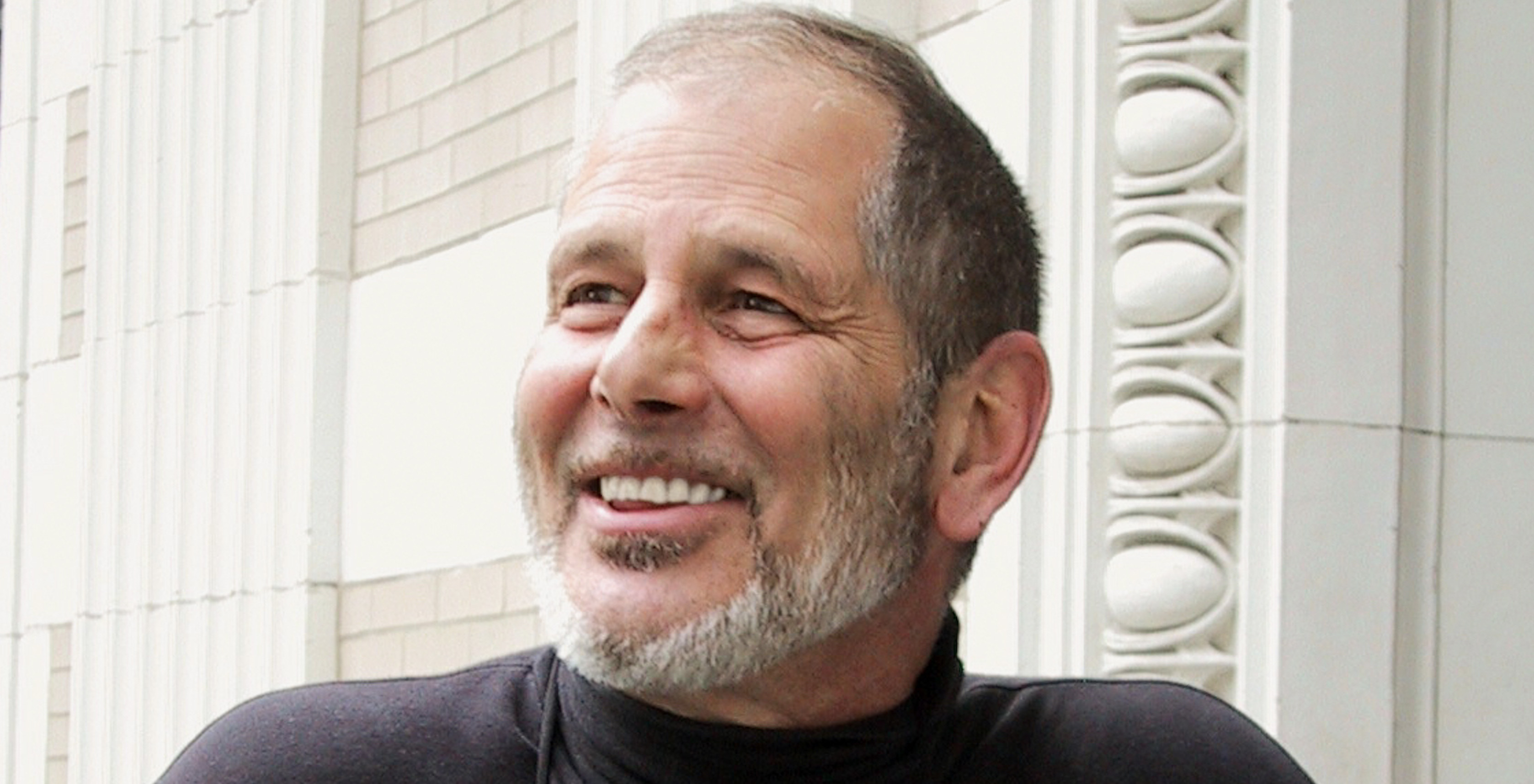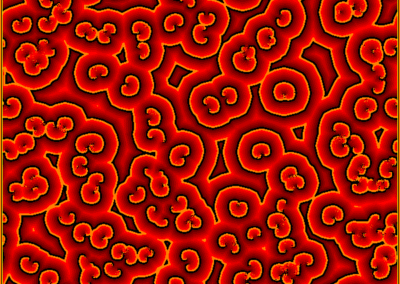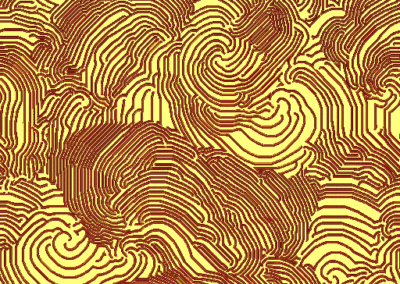
In Memoriam: James Greenberg
By Ann Lyon Ritchie
James (Jim) M. Greenberg, former head of the Department of Mathematical Sciences died on August 3, 2018. He was 78. Greenberg was born July 30, 1940, in Chicago, Illinois.
Greenberg was at Carnegie Mellon at its start. As a fellow at the Mellon Institute of Industrial Research, he became an assistant professor of mathematics in 1967 when the institute merged with the Carnegie Institute of Technology to form Carnegie Mellon University. He left in 1969 to pursue opportunities at other universities, including Case Western Reserve University, the State University of New York at Buffalo, the Ohio State University and the University of Maryland, Baltimore County, where he served as department head.
He returned to Carnegie Mellon in 1995 when, under the leadership of Robert Mehrabian as university president, Greenberg was selected from a field of competitive candidates to head the mathematics department.
Everyone in the department had a personal relationship with Jim. He knew us, was interested in us and was accessible.
Greenberg emphasized the importance of faculty research and worked to reduce the teaching loads of active faculty. He deployed a strategy for targeted faculty hiring that developed the areas of research focus that are present in the department today.
“Jim was very successful in his research but was an even better academic administrator and program administrator. He listened well, did not have a large ego, deferred the spotlight to others and avoided direct disputations. He used his brash personality to charm both the administration and the faculty to obtain the best for the department. In the naturally slow-motion university setting, Jim shocked results into being by his insistence on instant decision and subsequent action,” said William Williams, professor emeritus of mathematical sciences and a friend of Greenberg’s for more than 50 years.
Carnegie Mellon colleagues described Greenberg as a strong leader, loyal and colorful. David Kinderlehrer, alumni professor of mathematical sciences, remembers Greenberg talking with faculty members at La Prima Espresso in Wean Hall.
“Everyone in the department had a personal relationship with Jim. He knew us, was interested in us and was accessible,” Kinderlehrer said.
In September 2002, Greenberg stepped down as department head to accept the role of associate director for mathematical sciences for the U.S. Office of Naval Research, Global and European Office of Aerospace Research and Development. He remained on the Carnegie Mellon mathematical sciences faculty. He continued to participate in CMU seminars weekly in his retirement.
In addition to his administrative impact, Greenberg was widely known for his research contributions.
CMU’s Bill Hrusa, professor of mathematical sciences, first met Greenberg in the early 1980s.
“Jim was very interested in mathematical models and worked in many different areas, but one common theme was a strong relevance to real-world phenomena. He was very good at striking a balance between finding models that were rich enough to be relevant and yet simple enough to obtain results,” Hrusa said.
Hrusa added: “He is missed already. The department is not the same without him.”
Greenberg’s broad range of research interests included hyperbolic conservation laws, fluid and solid mechanics, continuum limits of particle systems, cellular automata (CA) and metastable systems.
[H]e bucked the stereotype of ‘mathematician’ with consistent irreverence and humor.
Among his best-known work, the Greenberg-Hastings CA is a two-dimensional cellular automata proposed as a model of excitable media and is named after his work with Stuart Hastings, who is now on faculty with the University of Pittsburgh. The CA created the striking image that appears on the cover of this newsletter.
Hastings first met Greenberg at Case Western in 1968 and became well acquainted at SUNY Buffalo.
“Jim Greenberg was outrageous — in the positive senses of that word: bold, unusual, startling,” Hastings said. “He was outrageous in his generosity. To this outsider at least, he appeared outrageous in his ability to get what he wanted for the mathematics departments he chaired (two of them). He was outrageous in his openness and his non-compliance with academic conventions.”
Hastings also remembered Greenberg for his genuine interest in others.
“He could relate to all ages,” Hastings said. “Some years ago, the young daughter of a colleague was overjoyed when Jim took over for her at a recalcitrant CMU Carnival game and won her a prize. And during his final illness, around half a dozen grad school friends from over fifty years ago made the effort to visit or contact him.”
Hastings added: “As my daughter, who knew Jim from her childhood put it, ‘he bucked the stereotype of ‘mathematician’ with consistent irreverence and humor.’ He was smart, an innovative researcher, and fun to work with. I will miss him.”



